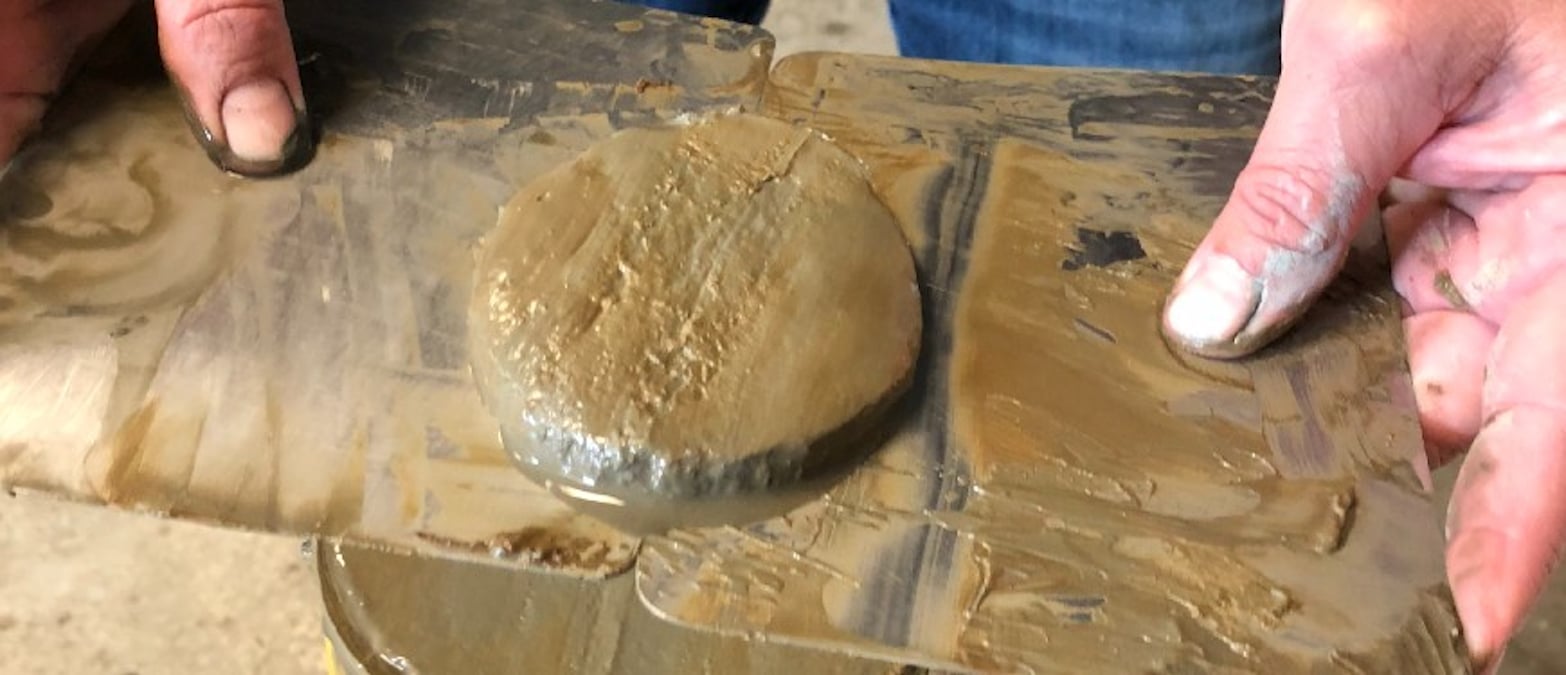PCB Found in Sediment Samples of Deep-Sea Trench

 Why you can trust us
Why you can trust us
Founded in 2005 as an Ohio-based environmental newspaper, EcoWatch is a digital platform dedicated to publishing quality, science-based content on environmental issues, causes, and solutions.
Researchers have found polychlorinated biphenyls (PCB) in samples of sediment sourced about 8,000 meters deep in the Atacama Trench, a deep-sea trench in the Pacific Ocean about 100 miles (160 kilometers) off the coasts of Peru and Chile.
Despite bans spanning back to the 1970s, PCB remains are still threatening the environment. New research, published in Nature Communications, shows how prevalent this toxin still is in ecosystems.
The researchers collected sediment samples from five locations within the trench, with depths ranging from around 2,500 meters at bathyal sites to hadal sites deeper than 8,000 meters. Every sample of surface sediment contained PCB.
PCB consists of around 209 substances, and polychlorinated biphenyls have been banned for decades. They were first manufactured in the U.S. in 1929 and were popular for industrial and commercial uses, because they are insulative, non-flammable and stable. In the U.S., PCBs were banned by the Toxic Substances Control Act (TSCA) in 1979. They were also banned globally in the late ‘70s.
According to the U.S. Environmental Protection Agency, PCB remains in environments for long periods of time and can easily be carried by air and water over long distances. PCBs can also accumulate in plants and fish. These toxins pose serious health risks and are widely considered as probably carcinogens for humans. They can also impact wildlife; one study found that these substances affect reproduction and immune systems in ways that threaten long-term viability of more than half of killer whale populations globally.
The researchers didn’t find alarmingly high levels of PCBs in the trench, but they are higher than expected for such great distances under the sea.
“It is thought-provoking that we find traces of human activity at the bottom of a deep-sea trench; a place that most people probably perceive as distant and isolated from our society,” Ronnie Glud, co-author of the study and director of the Danish Center for Hadal Research at the University of Southern Denmark, said in a statement.
“The Atacama samples do not show very high concentrations but considering that they were retrieved from the bottom of a deep-sea trench, they are relatively high. A priori no one would expect to find pollutants in such a place,” Glud added.
With around two dozen or more deep-sea, or hadal, trenches globally, experts hope to investigate whether PCBs are also present in these areas. The Danish Center for Hadal Research has already collected and frozen several sediment samples from various deep-sea trenches during expeditions from 2021 through 2022.
Subscribe to get exclusive updates in our daily newsletter!
By signing up, you agree to the Terms of Use and Privacy Policy & to receive electronic communications from EcoWatch Media Group, which may include marketing promotions, advertisements and sponsored content.

 233k
233k  41k
41k  Subscribe
Subscribe 




